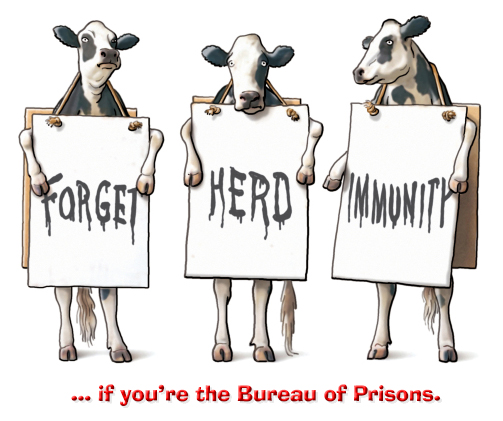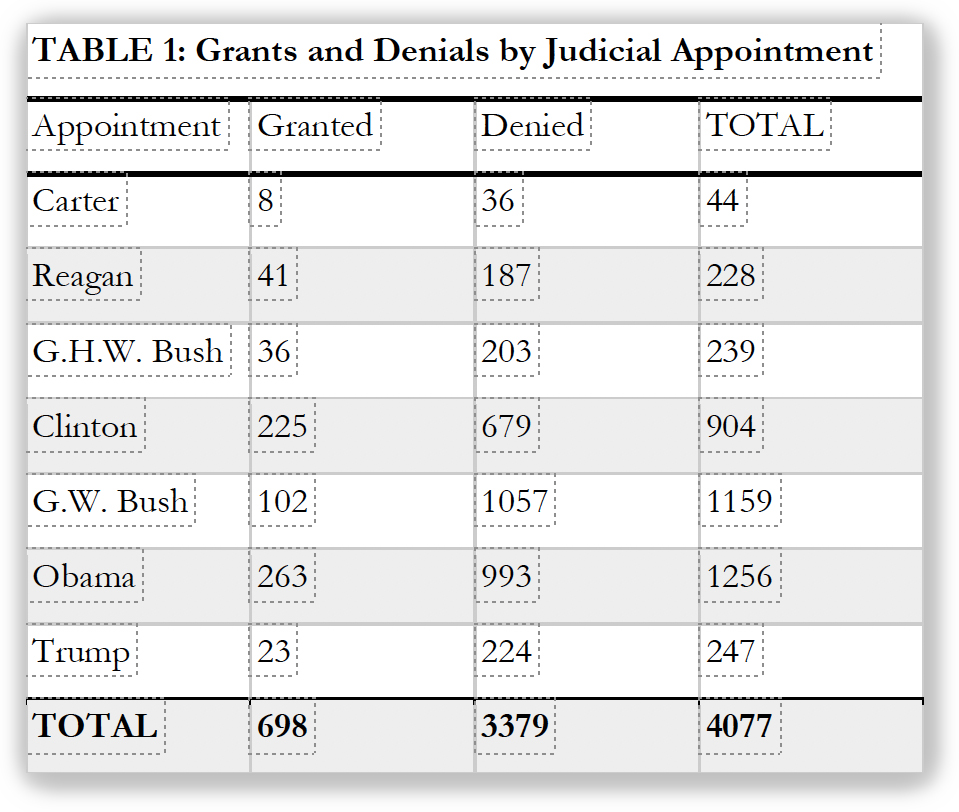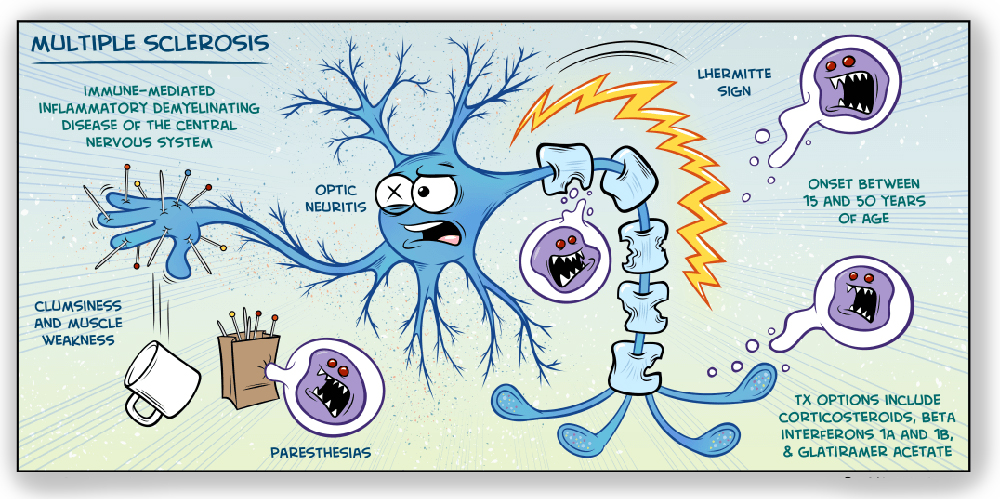We post news and comment on federal criminal justice issues, focused primarily on trial and post-conviction matters, legislative initiatives, and sentencing issues.

LAST WEEK WAS NOT THE BEST FOR THE BOP
You should understand if Bureau of Prisons Director Michael Carvajal stops reading the news after last week.
 Writing in Forbes, Walter Pavlo explained why the vaccine may not fix the BOP’s COVID-19 problem. “The vaccine was made available to inmates and BOP staff earlier this year. The numbers of vaccinations have not been impressive, which hovers around 50% for both inmates and staff… not a good number,” Pavlo wrote. “However, even if those vaccination numbers increase, a recent study suggests that that might not be enough to control infections in prison.”
Writing in Forbes, Walter Pavlo explained why the vaccine may not fix the BOP’s COVID-19 problem. “The vaccine was made available to inmates and BOP staff earlier this year. The numbers of vaccinations have not been impressive, which hovers around 50% for both inmates and staff… not a good number,” Pavlo wrote. “However, even if those vaccination numbers increase, a recent study suggests that that might not be enough to control infections in prison.”
As of last Friday, 19,000 BOP staff (51.5%) and 75,150 inmates (49.2%) have been vaccinated. Eighty-five inmates and 130 staff (in 68 facilities) have COVID, with 253 federal prisoners dead.
Pavlo cited an article published in the New England Journal of Medicine (NEJM) that found “even a vaccine with seemingly adequate efficacy, pace, and coverage may be insufficient to alter the fundamental population dynamics that produce high disease prevalence,” such as prisons. This is due to “the extraordinarily high rate of transmission in jails and prisons attributable to rampant overcrowding, inadequate testing and health care, high-volume daily inflow and outflow of staff and detainees, lack of personal protective equipment, and normalized systematic neglect of the welfare of incarcerated people.”
“Vaccination of incarcerated people is important for changing this dynamic, but it is not enough,” the NEJM authors concluded. “We believe that it must be coupled with large-scale decarceration to increase the real-world effectiveness of vaccination, disrupt wide-ranging viral transmission chains, and turn off the epidemiologic pump that puts the health of all at risk from mass incarceration.”
 In a separate article, Pavlo reported “it will take years… to discover the depths of the failures with the BOP response to the COVID-19 pandemic. The Department of Justice Office of Inspector General has released multiple reports on the BOP’s reaction to COVID-19 and those reviews have been quite critical of the agency… One of the most cited weaknesses by OIG has been in the area of staffing, particularly in the availability of medical staff.”
In a separate article, Pavlo reported “it will take years… to discover the depths of the failures with the BOP response to the COVID-19 pandemic. The Department of Justice Office of Inspector General has released multiple reports on the BOP’s reaction to COVID-19 and those reviews have been quite critical of the agency… One of the most cited weaknesses by OIG has been in the area of staffing, particularly in the availability of medical staff.”
The two BOP correctional officers who lied in their reports about monitoring Jeffrey Epstein when he killed himself in August 2019 got a sweetheart deferred prosecution deal from the government. The New York Daily News last week reported the COs planned to defend themselves as scapegoats for a deeply dysfunctional BOP system had they gone on trial.
Sources close to the pair, as well as insiders at the MDC New York, the Daily News reported, offered possible reasons why the feds backed off of the case. The sources said falsification of documents is common at the jail and throughout the Bureau of Prisons. One source described falsely filling out paperwork as “closer to a norm than an anomaly” in federal lockups.
Finally, a disturbing news release from the BOP last week reports for the first time that Manuel Roach, an inmate at USP Leavenworth, died of COVID – four and a half months ago.
 The BOP said Mr. Roach caught COVID last September, but was “converted to a status of recovered following the completion of medical isolation and presenting with no symptoms.” At least, no symptoms for four months, until he died of COVID at the end of January.
The BOP said Mr. Roach caught COVID last September, but was “converted to a status of recovered following the completion of medical isolation and presenting with no symptoms.” At least, no symptoms for four months, until he died of COVID at the end of January.
The June 2 news release does not explain why it took the BOP another four months to figure out he had died of the pandemic.
Benjamin Barsky, et al, Vaccination plus Decarceration — Stopping Covid-19 in Jails and Prisons (New England Journal of Medicine, April 29, 2021)
Forbes, Even After Vaccine, Federal Prisons Still Have COVID-19 Concerns (May 31, 2021)
Forbes, Office Of Inspector General Critical Of Bureau of Prisons In Extensive Reports (May 31)
New York Daily News, Correctional officers who slept while Jeffrey Epstein hanged himself planned to slam federal prison system at trial (May 31, 2021)
BOP, Inmate Death at USP Leavenworth (June 2, 2021)
– Thomas L. Root























